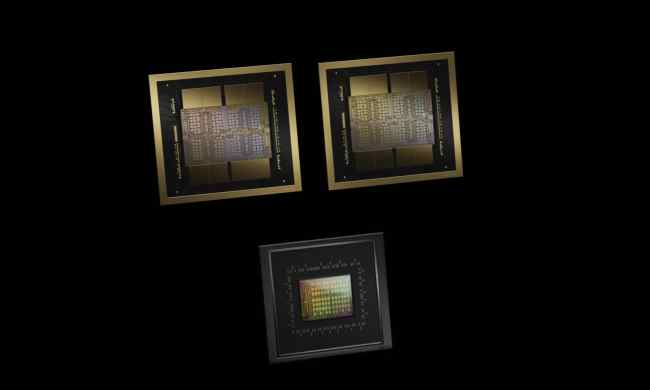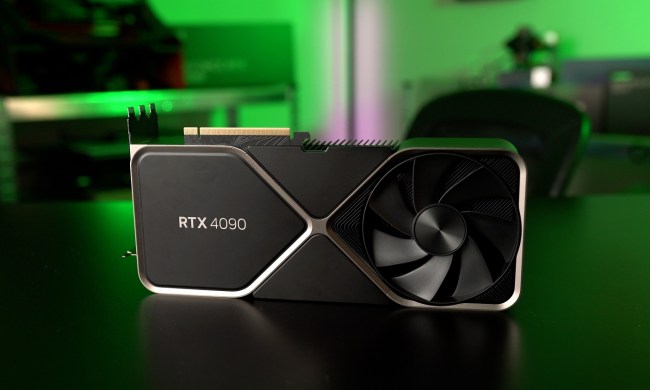Nvidia’s RTX 40-series refresh is officially here, serving up three of the best graphics cards we’ve seen in a while — the RTX 4080 Super, RTX 4070 Ti Super, and the RTX 4070 Super. The new GPUs, while still belonging to the RTX 40-series, deliver significant changes in specs, making them an interesting choice for PC enthusiasts.
While all three of these cards are on the upper end of the spec and price spectrum, they’re not all the same. How do they stack up against each other? Let’s find out with a thorough comparison of Nvidia’s RTX 4080 Super, RTX 4070 Ti, and RTX 4070 Super.
Pricing and availability
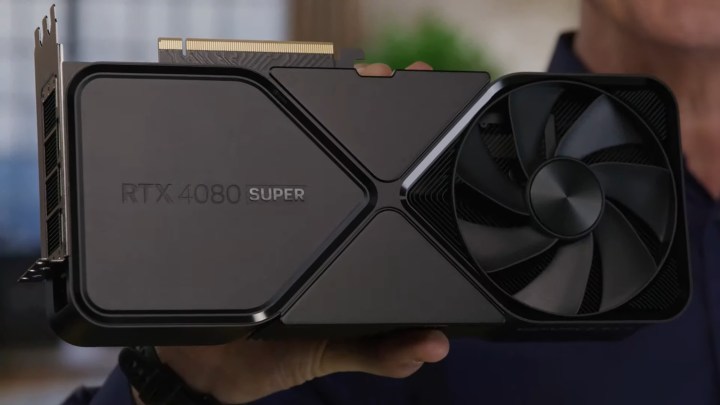
Nvidia unveiled the three new GPUs on January 8 as part of its CES 2024 keynote. Prior to the release, there have been lots of rumors about the RTX 40-series refresh — so much so that most of the specs leaked well ahead of time. However, Nvidia managed to keep the final release dates and the prices mostly under wraps until the day of the announcement.
The new graphics cards were all given separate release dates, with the RTX 4070 slated to be the first to show up in stores starting on January 17, 2024. It’s followed by the RTX 4070 Ti Super, launching on January 24, and lastly, the RTX 4080 Super, on January 31.
Only one of the GPUs received a change in price in this new iteration, and it’s the one that needed it most. Since the RTX 4080 was one of the worst-value cards of this entire generation, Nvidia seems to have decided to give it a lower price tag this time around, dropping the recommended list price from the $1,200 of the RTX 4080 down to $1,000.
The other two cards, the RTX 4070 Ti Super and the RTX 4070 Super, arrive with the same price tag as their non-Super counterparts, and are priced at $800 and $600, respectively. Of course, models sold by Nvidia’s board partners with higher clocks may cost more, and the prices are expected to be inflated at launch until the demand settles.
Specs
| RTX 4080 Super | RTX 4070 Ti Super | RTX 4070 Super | |
| GPU | AD103-400 | AD103-275 | AD104-350 |
| CUDA cores | 10,240 | 8,448 | 7,168 |
| Memory | 16GB | 16GB | 12GB |
| Memory bus | 256-bit | 256-bit | 192-bit |
| Max clock speed | 2,550MHz | 2,610MHz | 2,475MHz |
| Power draw | 320W | 285W | 220W |
All of the GPUs come with slightly better specs than their predecessors, but the bump isn’t equally significant for all of them. In fact, the difference between the RTX 4080 and the RTX 4080 Super is fairly small, with no changes to memory size, a small increase in CUDAs, and a measly 50MHz bump in maximum clock speed.
The RTX 4070 Ti Super fares better in that regard, getting 8,448 CUDA cores instead of the 7,680 that the RTX 4070 Ti sports. It also provides more memory (16GB versus 12GB), a wider memory bus, and a whole new GPU that makes this possible. The clock speeds remain almost the same.
Lastly, the RTX 4070 Super serves up a notable upgrade in CUDA cores (from 5,888 up to 7,168) that brings it closer to the RTX 4070 Ti than the non-Super version of the RTX 4070. However, the memory specs remain the same, as does the clock speed, but the card gets a bump in TGP, adding 20 watts for a total of 220W.
In terms of specs, the RTX 4080 Super is the king, but it also received the smallest upgrade over the existing RTX 4080. The RTX 4070 Ti makes for a very interesting choice, with extra VRAM and a wider bus, both of which make it more of a cutdown RTX 4080.
Performance
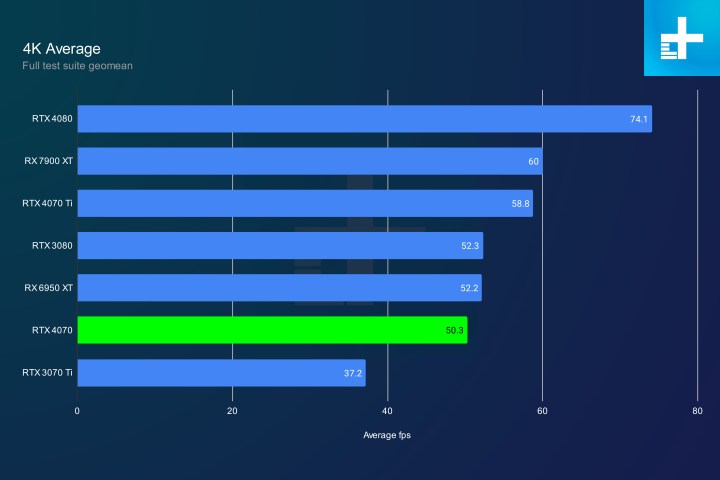
It’s too early for us to be able to tell just how much better the RTX 40-series refresh is going to be when compared to the GPUs that came before it. However, based on our benchmarks of the base versions of the cards, we can make some estimates and draw comparisons. Nvidia has also shared its own performance figures for the new GPUs.
Let’s start with the RTX 4080, pictured above hitting 74 frames per second (fps) across our 4K gaming test suite. That’s a respectable frame rate, but of course, the RTX 4090 could do it a lot better — the RTX 4080 Super is still almost as far behind the flagship 4090 as its predecessor.
The RTX 4080 Super only has 5% more CUDA cores than the non-Super version, and with a modest bump in clock speed and zero changes to memory, its performance will remain similar to the RTX 4080. We can expect it to be able to put out a couple more frames, but it’s not going to make a major difference. Nvidia itself makes careful claims about its performance, estimating an uplift of 2% to 5% depending on the game.
The RTX 4070 Ti Super marks a more interesting upgrade. With 10% more CUDA cores, a wider memory bus, and 4GB of extra VRAM, the GPU is not that far behind the non-Super RTX 4080. I’d expect it to be around 10% faster than the existing RTX 4070 Ti, and Nvidia’s claims align with that, although some games may see higher gains.
When compared to the RTX 4080 Super, the RTX 4070 Ti Super will become a reasonable choice for 1440p gamers on a tighter budget. The RTX 4080 Super has 21% more cores than the RTX 4070 Ti Super, but with the same memory configuration, the 4070 Ti Super is an acceptable alternative that’ll most likely be anywhere between 10% to 15% slower than the RTX 4080 Super.
The RTX 4070 Super sees the biggest bump in cores, which is why we can base our estimates on the non-Super RTX 4070 Ti when comparing the two GPUs. The RTX 4070 Super offers 22% more CUDA cores than the RTX 4070, all the while keeping the rest of the specs nearly the same. That kind of jump in CUDA cores should make the Super version up to 15% faster, says Nvidia.
These performance figures are still just educated guesses. Once the cards have been released and we’ve had the chance to test them, we’ll know just how they fare in gaming scenarios.
Which GPU should you buy?
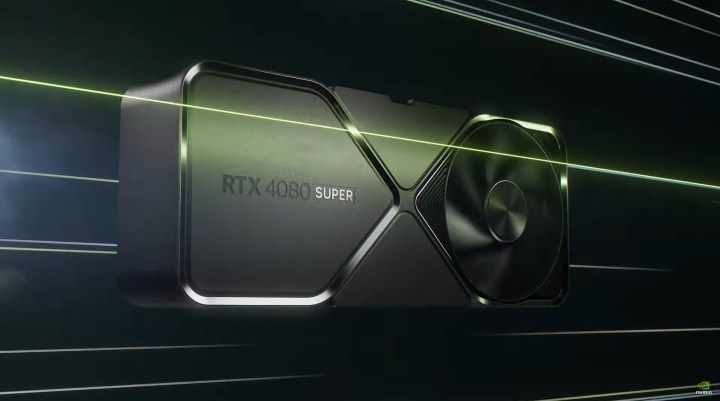
Deciding between the RTX 4080 Super, the RTX 4070 Ti Super, and the RTX 4070 Super is going to come down to two things: your needs and your budget.
If you’re looking for the GPU that serves up the biggest upgrade over its predecessor, the RTX 4070 Ti Super is a good pick. It’ll be able to run 1440p games with ease at maximum settings, and it’ll be able to tackle 4K too with some adjustments. At $800, it’s what the RTX 4070 Ti should have always been, with more memory and cores to improve the performance and get you better value for the money.
The RTX 4080 Super will have almost the same performance as the terrible-value RTX 4080. That means it’s a solid 4K GPU, and while it’s no RTX 4090, it’s more than most gamers should need. The problem with the RTX 4080 was that it was the perfect example of Nvidia’s outrageous pricing strategy, and the RTX 4080 Super corrects that issue by knocking $200 off the price. It’s still expensive, but it’s cheaper than the RTX 4090.
The RTX 4070 Super remains just as good value as the non-Super version was, but it’s now a lot better. Based on the specs and the price, it’ll most likely give you the best bang for your buck out of all three, but it’s also the weakest of all the Super GPUs. It should still do well with 1080p at maximum settings and 1440p at high settings.
To sum things up, if you want the best performance, the RTX 4080 Super is the GPU to buy — but it’s pricey. If you want comfortable 1440p gaming, the RTX 4070 Ti Super is a solid choice. For the best value, go for the RTX 4070 Super — a solid graphics card with 10% to 15% better performance than its predecessor.



